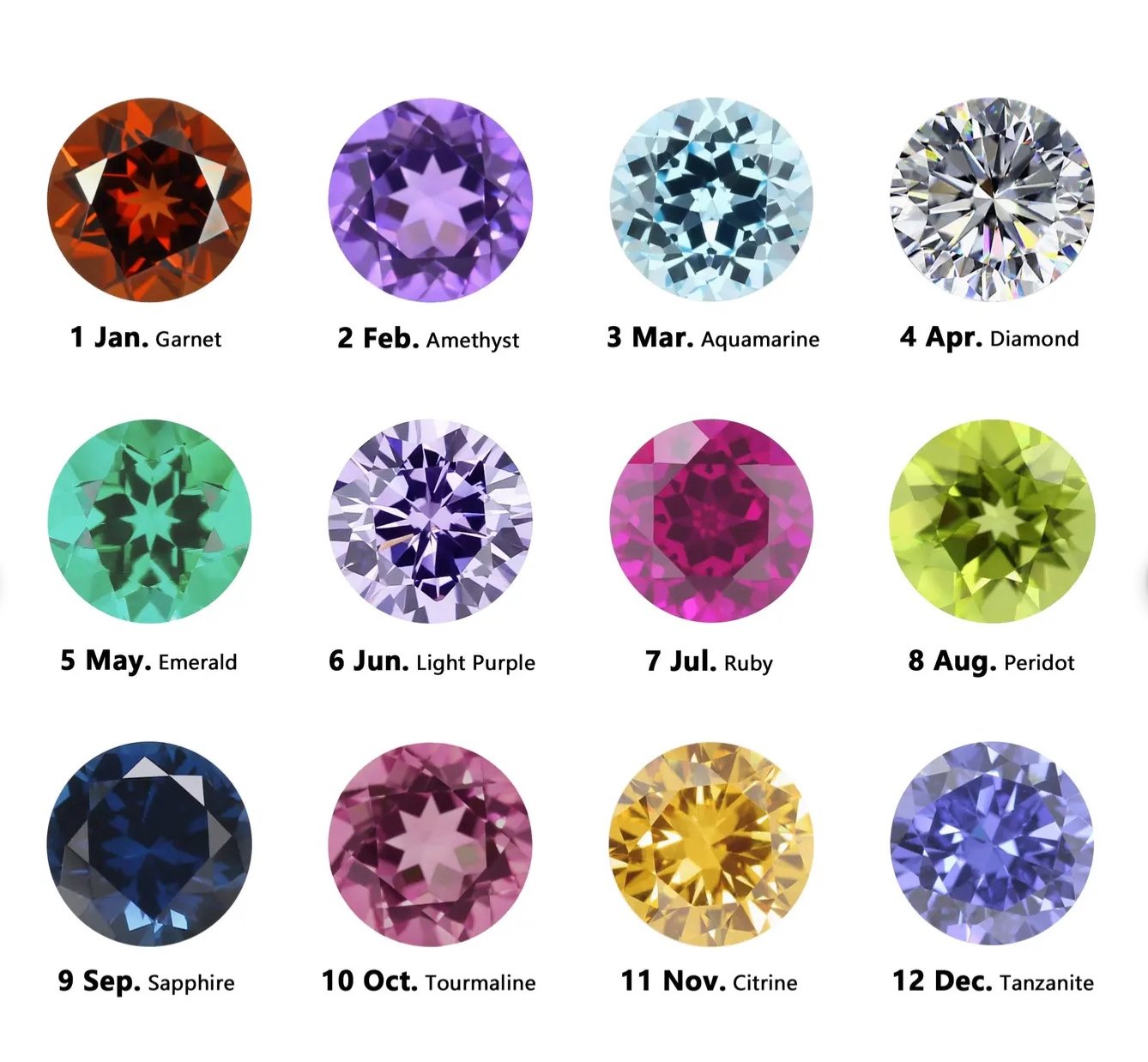 Image 1 of 2
Image 1 of 2

 Image 2 of 2
Image 2 of 2



The Nola Ring
A beautiful teardrop-shaped inclusion stone, in a halo of CZ simulated diamonds, with an infinity symbol inspired band accented with more simulated diamonds.
*Can be upgraded to moissanite diamonds - please contact us to inquire
Browse the Stone Enhancements to customize your inclusion stone!
Material Options:
- 14k Solid Yellow Gold (heirloom; durable and suitable for everyday wear)
- 14k Solid Rose Gold (heirloom; durable and suitable for everyday wear)
- 14k Solid White Gold (heirloom; durable and suitable for everyday wear)
The name Nola comes from the Gaelic name Fionnghuala, which means "fair shoulder". In ancient Gaelic cultures, physical attributes were often used to identify people.
A beautiful teardrop-shaped inclusion stone, in a halo of CZ simulated diamonds, with an infinity symbol inspired band accented with more simulated diamonds.
*Can be upgraded to moissanite diamonds - please contact us to inquire
Browse the Stone Enhancements to customize your inclusion stone!
Material Options:
- 14k Solid Yellow Gold (heirloom; durable and suitable for everyday wear)
- 14k Solid Rose Gold (heirloom; durable and suitable for everyday wear)
- 14k Solid White Gold (heirloom; durable and suitable for everyday wear)
The name Nola comes from the Gaelic name Fionnghuala, which means "fair shoulder". In ancient Gaelic cultures, physical attributes were often used to identify people.
A beautiful teardrop-shaped inclusion stone, in a halo of CZ simulated diamonds, with an infinity symbol inspired band accented with more simulated diamonds.
*Can be upgraded to moissanite diamonds - please contact us to inquire
Browse the Stone Enhancements to customize your inclusion stone!
Material Options:
- 14k Solid Yellow Gold (heirloom; durable and suitable for everyday wear)
- 14k Solid Rose Gold (heirloom; durable and suitable for everyday wear)
- 14k Solid White Gold (heirloom; durable and suitable for everyday wear)
The name Nola comes from the Gaelic name Fionnghuala, which means "fair shoulder". In ancient Gaelic cultures, physical attributes were often used to identify people.

